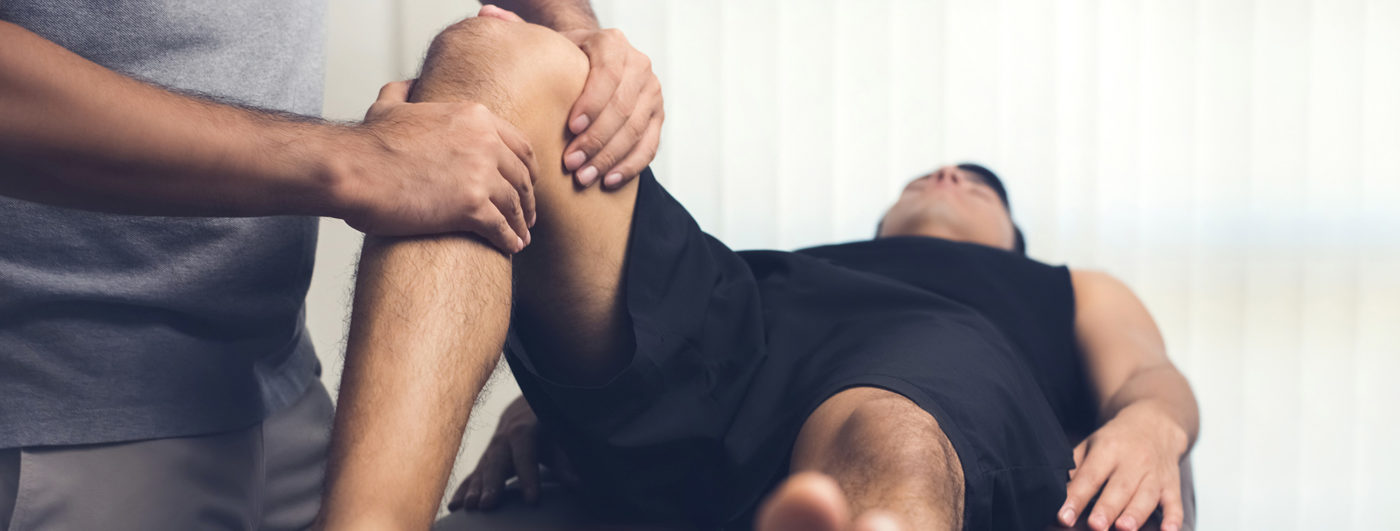If you’re the gym rat who grinds away and works hard every day, you won’t progress if you take rest and recovery lightly. So how do you help heal tired, sore muscles? Unfortunately, there are no definite solutions supported by research, but there are a handful of treatments that may help alleviate the aches.
Rest/active recovery
Sleep and rest may be the most effective solutions. Active recovery that includes light exercise also stimulates blood flow to muscles and helps reduce pain. Examples include walking, jogging or swimming in a saltwater pool. Recommended moves are the breaststroke or backstroke.
Hydration
Drinking water helps reduce joint pain by keeping the cartilage soft and hydrated. While there is no definite answer on just how much water to drink, half your bodyweight in ounces per day is a solid start.
Get a massage
A good massage therapist can help muscles heal more quickly by working deep into the tissue, kneading out knots and loosening tension. But if you’re in a pinch, a tennis ball will do. Knead your arms and legs with firm, deep motions.
Use a foam roller
Working muscles with a foam roller reduces tension. It breaks up scar tissue and sore knots, prevents joints from aching and takes away soreness faster so you’re ready to work sooner. Run the foam roller over sore muscle groups for 30 to 60 seconds each. Use the roller when you wake in the morning, before you sleep at night and throughout the day when possible.
A sauna or steam room treatment
Besides soothing sore muscles, a sauna relaxes muscle tissue, loosens your body through heat therapy and helps you feel ready to work out much faster. Use the sauna or steam room once a week to help muscles bounce back from tough workouts. As you sweat in our infrared sauna, you stimulate better blood flow and circulation, which relaxes tight muscles and eases minor aches and pains. If you’re troubled by muscle or joint pain or more chronic conditions including arthritis, infrared heat from the sauna can provide drug-free pain relief by reducing stiffness and inflammation.
Eat protein
It’s the building block of muscle tissue, and during the recovery phase you need a lot of it. Eggs, lean meat, fish, legumes and leafy greens are good sources. Aim for a minimum of 70 to 100 grams per day. You may need to consume more depending on your bodyweight. For a more accurate count, ask your personal trainer to calculate the numbers. Regardless, make protein the center of every meal. Have eggs for breakfast, tuna or chicken for lunch, and steak or beans for dinner. Soybeans, kidney beans, pinto beans and black beans are great choices, too.
Eat Vitamin C
It restores collagen, which helps rebuild muscle tissue that has broken down. Besides citrus fruits like oranges, incorporate spinach, milk and other good vitamin C sources into your daily diet during muscle recovery.

